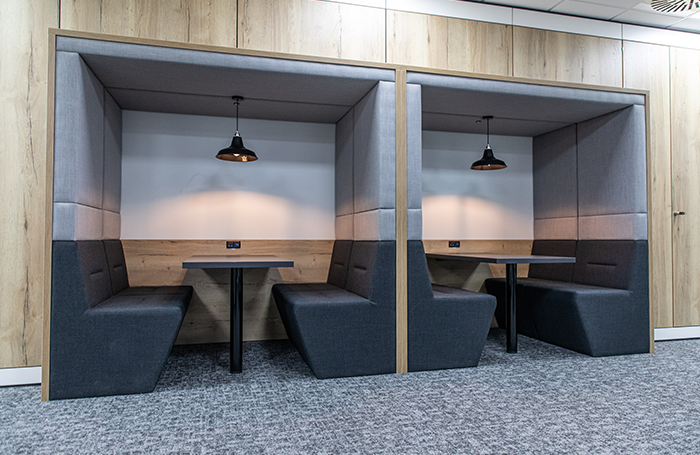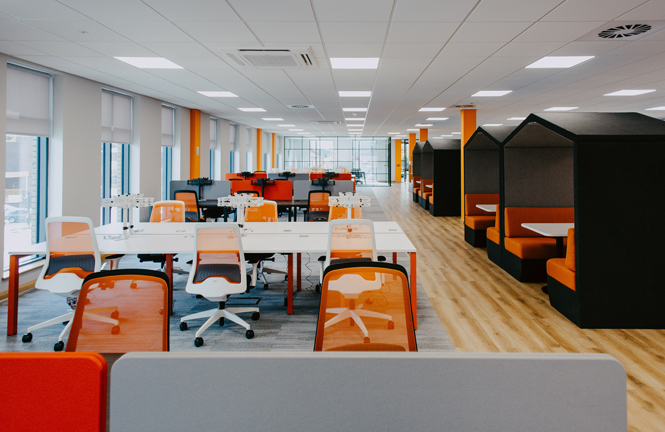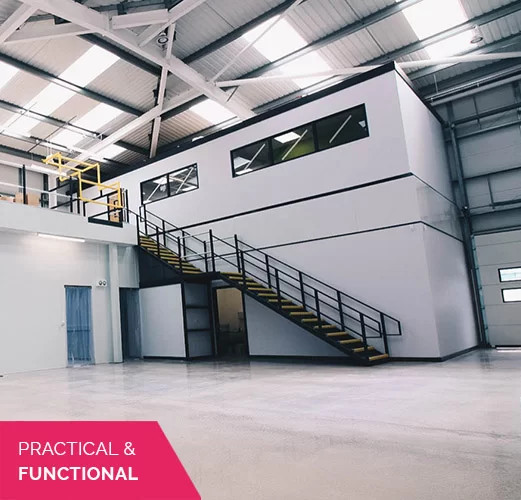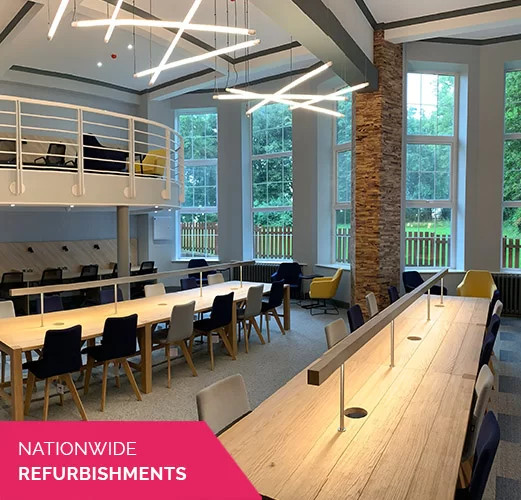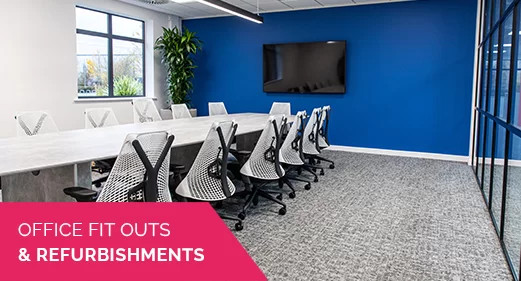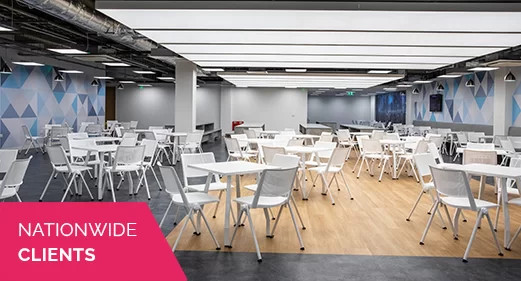Designing for Productivity: Office Fit Out Strategies That Work
In today’s fast-paced work environment, productivity isn’t just about time management, it’s about creating spaces that inspire focus, collaboration, and well-being. An intelligently designed office can have a significant impact on employee satisfaction, efficiency, and overall business performance.
If you’re planning a new office fit out or revamping your existing space, here are proven strategies to boost productivity through smart design.
Understand How Your Team Works
Before knocking down walls or buying new desks, take time to understand how your team functions. Do they spend most of the day in focused, individual work? Or is collaboration a central part of your workflow?
Strategy:
Conduct employee surveys or workflow analysis to identify pain points and preferences. This insight helps tailor the layout, whether it’s more private zones for deep work or open areas for team synergy.
Prioritise Natural Light and Air Quality
Poor lighting and ventilation can drain energy and concentration. On the other hand, access to natural light and fresh air has been linked to improved mood, alertness, and productivity.
Strategy:
Position workstations near windows, install light shelves or glass partitions to distribute daylight, and invest in high-quality air filtration systems.
Create Zones with Purpose
A productive office isn’t one-size-fits-all. Different tasks require different environments—what works for brainstorming won’t work for spreadsheets.
Strategy:
Design distinct zones:
Focus areas with soundproof pods or quiet desks
Collaboration spaces with writable walls and modular furniture
Recharge zones with soft seating and calming décor for mental resets
Invest in Ergonomics
Comfort is non-negotiable when it comes to productivity. Poor posture and repetitive strain injuries don’t just hurt individuals - they hurt team performance.
Strategy:
Provide adjustable chairs, sit-stand desks, and monitor arms. Offer ergonomic training so employees know how to optimise their setups.
Tech-Enabled Spaces
A well-designed space must be supported by the right technology. Glitches and outdated systems can break concentration and stall progress.
Strategy:
Ensure strong Wi-Fi coverage, equip meeting rooms with user-friendly AV systems, and provide charging stations or wireless docks throughout the office.
Embrace Flexibility
Today’s workforce values flexibility, and that should be reflected in the workplace design. A rigid layout can limit creativity and adaptability.
Strategy:
Use movable furniture, mobile partitions, and modular layouts that can evolve as teams grow or projects shift.
Reflect Brand and Culture
A productive space is one where employees feel aligned with their environment. When the design reflects your company’s mission and values, it creates a sense of belonging and motivation.
Strategy:
Incorporate your brand’s colours, artwork, and messaging into the physical space. Use wall graphics, signage, and materials that tell your story.
Don’t Forget Acoustics
Noise is one of the biggest killers of productivity in modern offices. Whether it’s chatter, typing, or the hum of machines, unmanaged sound can be a serious distraction.
Strategy:
Use acoustic panels, carpets, ceiling baffles, and soft furnishings to absorb sound. Consider sound masking systems to maintain a consistent ambient noise level.
An office fit out isn’t just a cosmetic upgrade, it’s an investment in your team’s performance. By designing with productivity in mind, you create a space that not only looks great but works great too. Whether you’re starting from scratch or optimising an existing layout, the right strategy can transform your workplace into a true engine of success.
